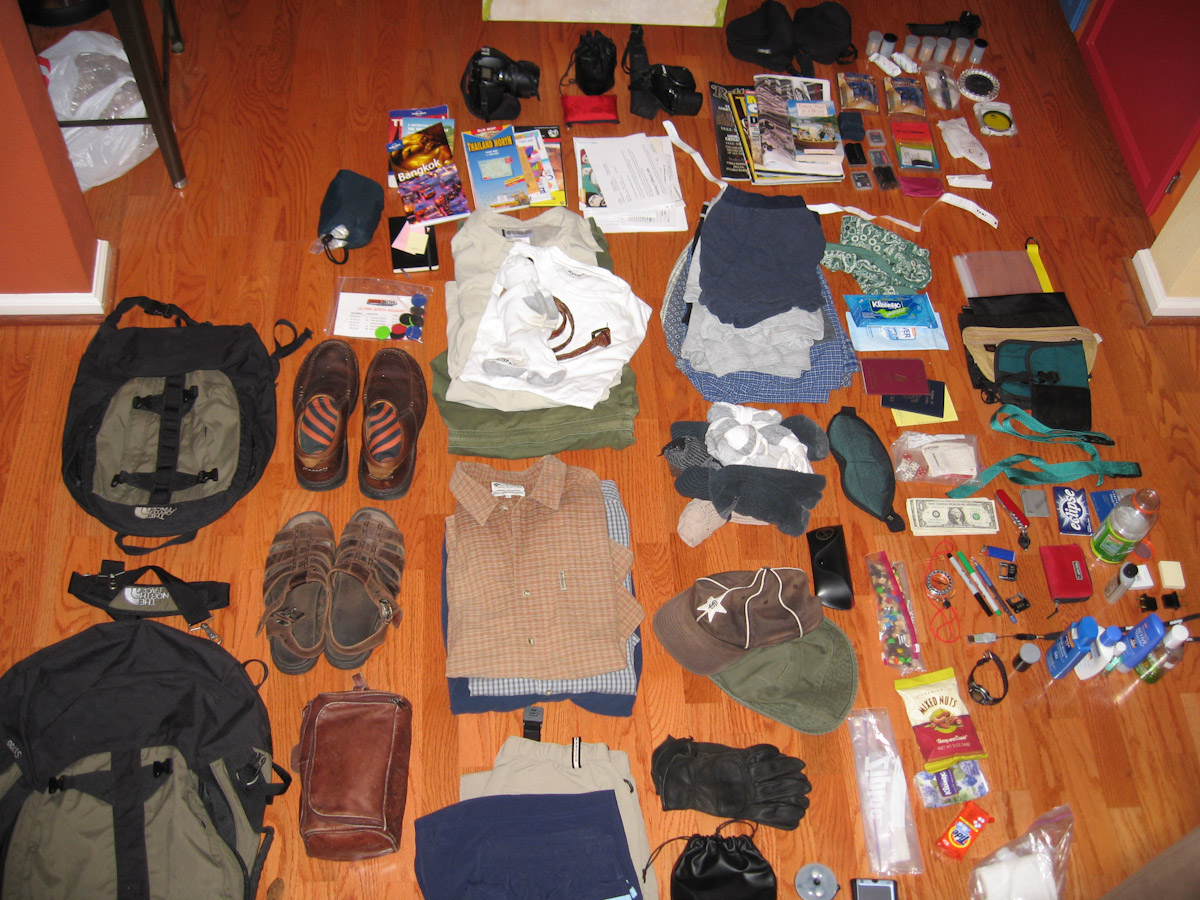I recently made the purchase of a new Epson 3800 photo printer – a purchase that I’ve considered for several years now.
I was really on the fence about buying a photo printer. I have access to a really good lab locally, who charge reasonable rates for prints. I knew that it would take many, many prints in order to recoup the cost of the printer.
But there were two really compelling reasons why I considered, and ultimately made the purchase.
First, while I had access to a lab, I never used it. I always had on my to-do list “print photos” and it was never getting crossed off. I wanted to hang more recent prints in my apartment but just never got around to sending the images to the lab.
Second, and the reason for my delay in using the photo lab, I was uncertain about the printing process. That’s to say; without having control over what gets printed out – and being able to see variations in the final prints from changed settings, I was hesitant to make any prints. I knew that there were many things that I needed to consider in my prints – like color, tonality, paper, contrast & sharpness – things that either differed from or didn’t exist in online images. I felt that there was no real way to get a grasp on these elements without doing the work myself.
So after many years of consideration and some recent diligence in research, I ended up with the 3800. I purchased it sensing that it was about to be replaced with a newer model (it has – the 3880). But because this newer model was about to be announced, I was able to save over $400 from multiple offered rebates making this printer much more affordable then its replacement. I also liked the idea of owning a printer that had been around for a while with a wealth of information available online.
I set up the printer when it arrived using some of these valuable online resources, including most importantly Eric Chan’s website, which offers many detailed setup guides and links.
And the result?
Wow.
I am really digging this printer. The prints it creates are just amazing.
But the best part – that comes completely unexpectedly, is what printing is telling me about my photography. I am learning so much more about my images, just by going through the printing process. I have a much greater appreciation for the final production work required to create a great printed image.
It seems obvious in retrospect, but printing (or final display) is a vital part of the image making process. And while I’ve been spending plenty of time in this step in the past, it’s been for online presentation – something that didn’t require as much attention as does printing – or so I’ve felt. Of course now that I look back through my online presentation I see flaws left and right. The act of fine-tuning my images for printing has made me re-evaluate the process I use to set up my images for online presentation as well.
And sadly, I see where my image taking has suffered over the past several years, because I haven’t had this view of my own work: Most importantly, in image stabilization. I see in many of my prints, only when trying to print out in large form, flaws in the details – mostly because of a lack of clarity due to movement. This has not been evident in web-sized images, but when you try to blow that up into a nice landscape print, it just doesn’t fly.
But I am thankful to have this insight now so that I can re-evaluate my processes moving forward and I look forward to the resulting prints that I’ll be able to make.





